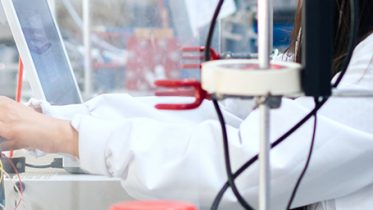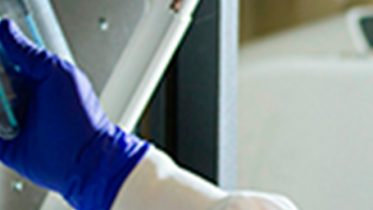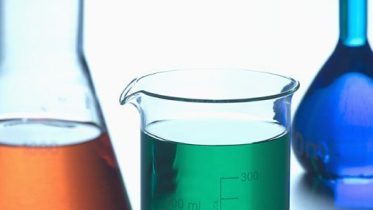Are ANVISA and BRPTO new best friends?
- 24 September 2018
- Articles
Updates on Brazilian Pharma Scenario
As you may be aware, Brazilian Law 10.196 dated February 14, 2001 modified Law 9.279/96 (Brazilian IP Law) including a provision that establishes that the allowance of pharmaceutical patents requires the prior consent from ANVISA (Brazilian Health Surveillance Agency – equivalent to American FDA) along with the usual examination performed by BRPTO (Art. 229-C).
Although BRPTO and most of Brazilian IP experts claimed that ANVISA’s analysis should be limited and focused on a “risk to health” analysis, ANVISA has been analyzing patentability requirements in addition to the analysis on what is contrary/unsafe to health (the so-called “risk to health” analysis) for several years, which led to a clear double tier examination procedure: both agencies were analyzing the patentability requirements of the same patent application, creating a dispute between them.
Such a dispute for the role of examining patentability requirements last until Apr. 12, 2017, when Joint Resolution nº1 came into force, defining rules of action that would be taken by ANVISA and BRPTO in the examination of patent applications related to pharmaceutical products and processes. In a summarized manner, it was decided that ANVISA shall analyze patent applications in what concerns health purposes (i.e. “risk to health”) in the following lines of procedures:
- in case of non-approval regarding “risk to health”, the application shall be returned to BRPTO for the publication of the shelving notice (with no examination on patentability conducted by BRPTO); and
- in case of approval regarding “risk to health”, the application shall be returned to BRPTO to be examined over patentability. However, specifically for inventions of interest of Brazilian Health System (SUS) policies, ANVISA would have the option of including comments regarding the patentability of the application, and said arguments could be used by the BRPTO as a support to the examination.
This means that ANVISA’s patentability comments is now considered solely as a third party observation, to which BRPTO’s Examiners may agree or not.
In addition to the abovementioned, on Oct. 20, 2017, both agencies launched Joint Resolution nº 2 provisioning a “Interinstitutional Articulation Group” (GAI) with the aim to analyze and suggest mechanisms and procedures for strengthen the relationship between BRPTO and ANVISA and to analyze and suggest common understandings on the interpretation of the patentability conditions (i.e. harmonization of technical understandings) seeking to minimize divergences in the evaluation of pharma patent applications that are of interest for Brazilian Health System (SUS) policies.
The GAI has been meetings frequently and, as a result of such meetings, resolutions and guidelines detailing the procedures of both agencies have been coming into force. One of the highlights is the study conducted by GAI which concluded that the following technologies shall no longer be sent for ANVISA’s prior approval by not being encompassed within the scope of Art. 229-C, which potentially may reduce the examination timeframe for cases under the following International Patent Classifications (IPC):
A01 – AGRICULTURE; FORESTRY; ANIMAL HUSBANDRY; HUNTING; TRAPPING; FISHING
A23 – FOODS OR FOODSTUFFS; THEIR TREATMENT, NOT COVERED BY OTHER CLASSES
A61K 6 – PREPARATIONS FOR DENTISTRY
A61K 8 – COSMETICS OR SIMILAR TOILET PREPARATIONS
A61L – METHODS OR APPARATUS FOR STERILISING MATERIALS OR OBJECTS IN GENERAL; DISINFECTION, STERILISATION, OR DEODORISATION OF AIR; CHEMICAL ASPECTS OF BANDAGES, DRESSINGS, ABSORBENT PADS, OR SURGICAL ARTICLES; MATERIALS FOR BANDAGES, DRESSINGS, ABSORBENT PADS, OR SURGICAL ARTICLES – unless if the medical device comprises a pharma active in the core invention
C12Q – MEASURING OR TESTING PROCESSES INVOLVING ENZYMES, NUCLEIC ACIDS OR MICROORGANISMS; COMPOSITIONS OR TEST PAPERS THEREFOR; PROCESSES OF PREPARING SUCH COMPOSITIONS; CONDITION-RESPONSIVE CONTROL IN MICROBIOLOGICAL OR ENZYMOLOGICAL PROCESSES
G01N – INVESTIGATING OR ANALYSING MATERIALS BY DETERMINING THEIR CHEMICAL OR PHYSICAL PROPERTIES
In view of the above, the question that remains is: what to expect now?
Although the relationship between ANVISA and BRPTO has been vastly improving, there are still some risky points to consider, such as the fact that Mr. Jarbas Barbosa, who participated in the agreement that resulted in said Joint Resolutions is no longer ANVISA’s Director; and the fact that the recent allowance of one of the patent applications owned by Gilead Sciences related to Sofosbuvir (for Hepatitis C treatment) put a new spotlight on Public Health discussions.
In sum, it is a good period for Pharma applicants, with increased legal certainty, but is important to keep an eye on further developments.
In case you require additional information, feel free to reach Ms. Luisa Rezende Castro (lcastro@clarkemodet.com.br). In the meantime, we remain at your entire disposal.









